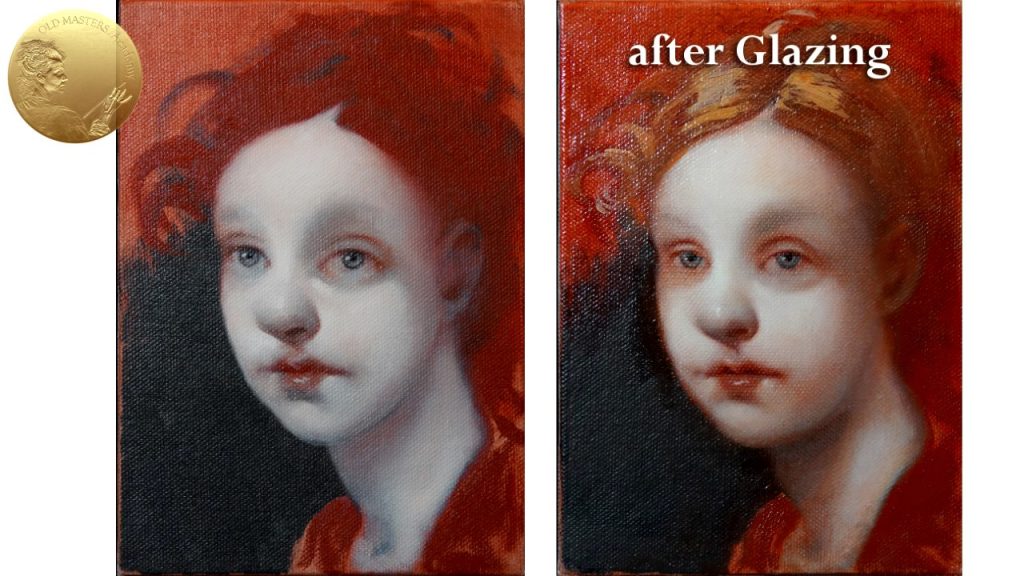Creating Luminous Masterpieces Using Glazing Technique – The world of art is a realm of endless possibilities, where techniques old and new come together to produce captivating and evocative works. One such technique that has stood the test of time is glazing.
In this article, we embark on a journey to uncover the glazing technique in art, exploring its historical roots, its contemporary applications in both traditional and digital art forms, and its enchanting effects on oil paintings. login premium303
Leonardo’s Glazing Technique: A Glimpse into History
One of the early pioneers of the glazing technique was none other than Leonardo da Vinci. This renowned artist used thin, translucent layers of paint, allowing light to pass through and reflect off the layers below. This method enriched the colors and tones of his artworks, contributing to their luminous and ethereal quality.

Mastering Glaze Painting: Steps and Tips
- Preparation: Start by applying a base layer of paint on the canvas. This layer provides a foundation for the subsequent glazes.
- Translucent Layers: Mix your paint with a glazing medium or a transparent binder to create a translucent mixture. Apply this mixture in thin layers over the base, allowing each layer to dry before applying the next.
- Color Enhancement: Glazing allows artists to enhance colors, deepen shadows, and create a sense of depth and dimension.
- Patience: Glazing requires patience, as each layer needs to dry before the next is applied. The process can be time-consuming but yields beautiful results.
The Modern Twist: Glazing in Digital Art
As technology continues to shape the art world, glazing has found its place in the realm of digital art. Digital artists simulate the glazing technique by layering translucent colors over their digital canvases. This process adds depth and complexity to their creations, resembling the effects achieved in traditional glazing.
Enhancing Depth and Luminosity: Glazing in Oil Painting
One of the remarkable effects of glazing in oil painting is the enhancement of depth and luminosity. By applying translucent layers of color, artists can achieve a remarkable interplay of light and color. The glazes allow light to penetrate the layers of paint and bounce back, creating a radiant and luminous appearance.
Conclusion
The glazing technique in art is a testament to the mastery and creativity of artists throughout history. From Leonardo da Vinci’s use of glazes to enhance the luminosity of his paintings to its modern applications in both traditional and digital art forms, glazing continues to captivate and inspire.
Whether you’re a traditional painter seeking to enrich your oil paintings or a digital artist aiming to simulate the effects of glazing, this technique offers a world of possibilities to explore. Through the careful layering of translucent colors, artists can transform their works into luminous masterpieces that resonate with depth and beauty.